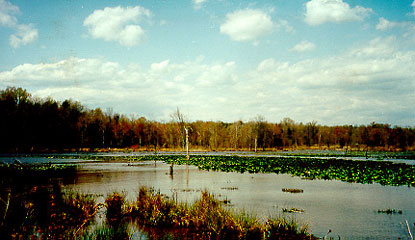Born in Philadelphia in 1920, Jackson Miles Abbott was taught by his father to draw natural scenes. His favorite subject was ornithology. Following college graduation, Abbott joined the U.S. Army and was assigned the tasks of designing military camouflage and camouflaging structures. In the midst of World War II he was selected to attend the Army Engineers Officer Candidate School at Fort Belvoir, Virginia, and graduated in August 1943. During the war he served in the European theater where he received the Bronze Star for his counter-mine activity. During the post-war period he returned to the Army Engineer School to compile technical publications on combat engineering topics. In 1949 he joined the Army Map Service (originally part of the Corps, now part of NGA) as a civilian intelligence specialist and supported the training of engineer units bound for Korea. He continued to work in combat engineering for the balance of his government career and retired from the U.S. Army Reserve as a lieutenant colonel in the Engineer branch.
Abbott engaged in major studies for the Fish and Wildlife Service and other agencies. He became well known over the years for his ornithological writings, lectures, sketches, and paintings. His illustrations of birds, eventually numbering several thousand, began appearing in print in 1951. Abbot’s painting “Common Eiders” was engraved by the Federal Bureau of Engraving and placed upon a stamp as part of the Federal Duck Stamp program. The stamp was released on 1 July 1957 and in spite of its hefty price of $2 each, more than 2.35 million were sold.
Although not used for postage, these annual stamps raise funds to purchase wetlands and habitats for inclusion in the National Wildlife Refuge System. The stamps are popular with conservationists and serve as an annual "season pass" to national wildlife refuges.
Abbot died in 1988. Soon thereafter, the post command at Fort Belvoir, Virginia, named a wildlife area the Jackson Miles Abbott Wetland Refuge in recognition of the contributions of this Army engineer-turned-naturalist.
Abbot's original painting and the hunting stamp on which it appeared (above); and
the Jackson Miles Abbot Wetland Refuge at Fort Belvoir, Va. (below).

* * *
October 2003